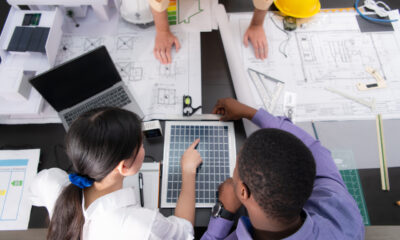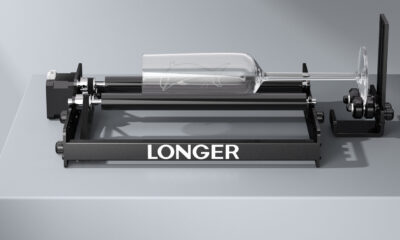Technology
Technology In Education Systems

Technology in education is an emerging field of study. It is used in all forms of education, whether it’s a high school, college, or university setting. The use of technology has become more widespread because technology is inherently useful in the learning process. It empowers students to participate in the lessons that they need, rather than being passive readers who are content to absorb the information given to them. Technology in education also helps improve student retention and enables them to take in more.
Technology in education can be broken down into three broad categories, such as teacher-directed, curriculum-directed, and interactive. Teacher-directed technology in education refers to the use of technology in the classroom to help teachers instruct their students. This includes the development of lesson plans, homework, lesson notes, teacher-supported discussion boards, as well as periodic assessments based on previously attended classes. Curriculum-directed technology in education refers to the integration of technology in the teaching process, from the research and development of lesson plans to the distribution of test materials and workbooks. Finally, interactive technology, such as the widespread use of e-mail in higher education, enables teachers to share information with their students, manipulate digital materials, or even perform online assessments.
Technology in education can be categorized according to its nature as either a system, an object, or a practice. The system refers to those processes which are used to achieve a certain objective, whereas objects help in achieving an object, such as a tool for sewing or television for watching educational videos. Practices refer to the methodologies and tools that are used in carrying out the objectives of a system or subject. It can also include any number of practices that improve the quality of the learning experience.

Technology in education cannot be separated from the purpose of educating. Therefore, an educational system should not be designed in a vacuum. An effective school is one that has an educational plan that is formulated by taking into consideration the objectives of the learners. These aims can be formal or at the micro-level such as the choice of textbooks or the arrangement of desks. At the macro level, students should be able to interact effectively with the teachers and other learners in order to learn most efficiently. It is for this reason that schools should make use of technological means to facilitate these interactions.
There are different types of technologies that teachers can make use of to customize the learning experience. For example, games can be introduced to the classrooms to provide the opportunity for the students to develop skills in spatial awareness, problem-solving skills, problem-solving, and memory skills. Digital devices can also be used to enhance the interaction between students and to allow them to make use of electronic resources such as the Internet, for research purposes. Interactive Whiteboards are also used extensively in many classrooms to allow the teachers to present academic articles in a more interactive manner. Multimedia presentations, or Mpeg presentations, are another type of technology that can be used in the classroom to enhance the experience for the learners.
Technology in education systems has provided teachers with a number of learning opportunities. This has been made possible through the introduction of new ways of presenting information and of disseminating information in a new and interesting manner. There are now many types of technology used in different classrooms around the world. This means that there are different ways in which teachers can use these tools to make their classrooms more interesting and useful learning opportunities for students.




























